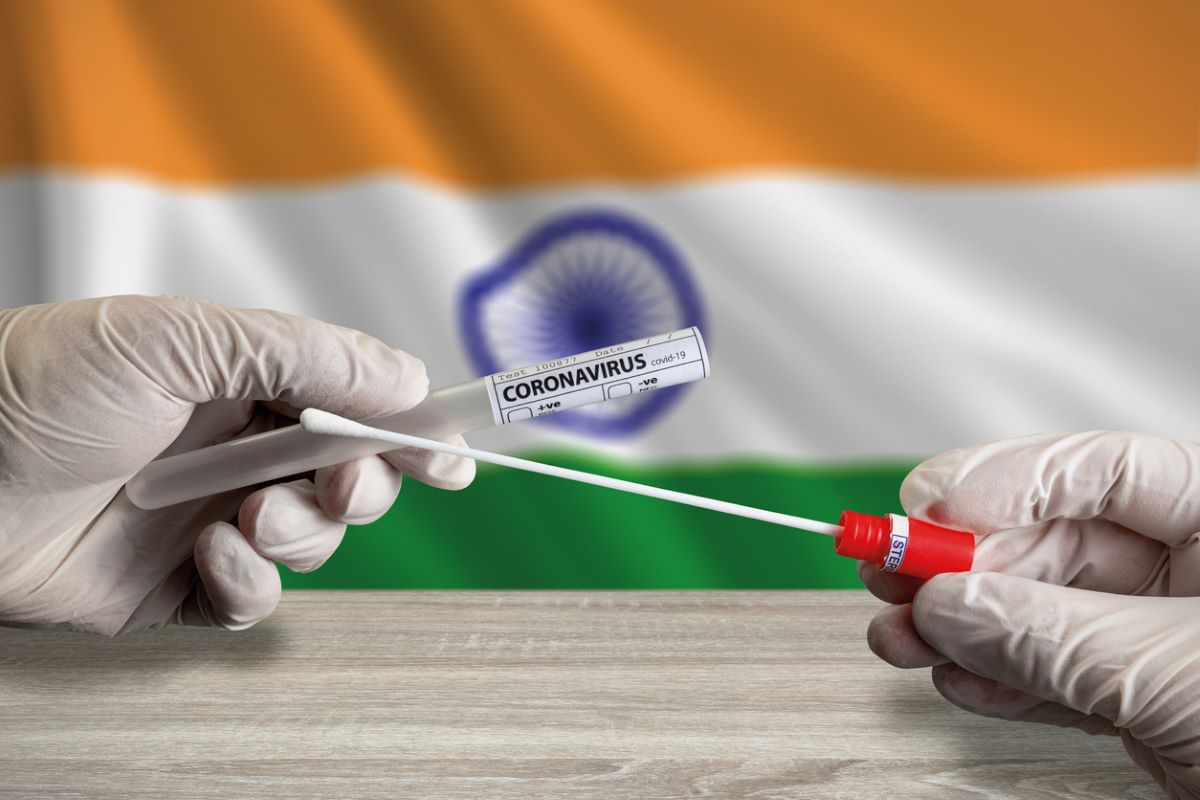COVID-19 positive patients showing mild symptoms won’t require novel coronavirus confirmatory tests for second time if they don’t have fever for three days in a row during the seven days’ home isolation period.
The union health ministry has issued revised guidelines for COVID-19-affected patients with mild symptoms of cough and cold. According to the guidelines, patients with mild ailments would have to stay at home isolations for maximum seven days soon after they are tested positive. They won’t require for further tests if they have no fever for three days successively during the week-long isolation period.
Advertisement
Apart from these patients, COVID positive patients with co-morbidities could be discharged from respective hospitals after seven days if their oxygen saturation level shows above 93 per cent for three days continually without any outside oxygen support system. The state health department has already advised home isolations for COVID19 positive patients showing no symptoms and mild symptoms like dry cough, anosmia, ageusia, nasal block, sore throat, weakness, diarrhea, myalgia etc with fever.
Asymptomatic COVID patients with co-morbidities have also been advised to stay quarantined at home. Considering alarming surge in number of COVID-19 patients in the state the health department had issued guidelines several days ago dividing patients into three categories all asymptomatic patients, comorbid patients with no symptoms (prioritise to control the comorbid state) and cases with mild symptoms including dry cough, anosmia, ageusia, nasal block, sore throat, weakness, diarrhea, myalgia etc with fever, no signs of respiratory distress, oxygen saturation level 94 % or below, normal mental status, symbolic blood pressure below 100mmHg and respiratory rate above 24 per minute.
According to the guidelines, patients under home isolation should be given supportive management, masks, hand hyhiene, physical distancing, droplet precaution, paracetamol (if fever and bodyache), anti-histaminic (if needed), inhalation of Budesonide 800 mcg twice daily for five days if distressing cough for more than five days.
Bengal second highest in active cases: With nearly 25,000 fresh cases on Sunday, the highest single-day spike since the outbreak of Covid19, West Bengal registered the second highest number of active cases after Maharashtra, accounting for more than 13 per cent of the national tally.
According to the data released by the state health department, the state recorded 24,287 fresh cases on Sunday taking the total number of active cases to 78,111 – the second highest in the country after Maharashtra that recorded 2,05,973 active cases. Incidentally, this is the highest number of cases recorded on a single day since the outbreak of the disease in February 2020.
The previous highest number of daily cases was 20,846 recorded on may 14 during the second Covid wave in the country. What can provide a little relief to the administration and the health department is that the death rate is much lower this time than that was during the second wave. When in West Bengal there were 132 deaths on May 14 this time it is just 14. Not only in West Bengal but the death rate has been surprisingly low throughout the country. Kerala with 36,601 active cases recorded 44 deaths on Sunday – the highest in the country. Even Maharashtra with more than 2 lakh active cases has recorded only 12 deaths. Similarly, Delhi with 60733 active cases registered only 17 deaths. But there are certain areas of concern that the state health department will have to address.
In the last seven days, West Bengal has reported a high case positivity rate at 19.68 per cent, which is amongst the highest in India. The number of Covid-19 cases in Kolkata has risen nearly 49 times over two weeks — from 178 on December 23 to 8,712 on January 9 and in North 24 Parganas it has risen more than 57 times from 88 on December 23 to 5,053 on January 9. “Our vaccination programme has been carried out very successfully and so we could control the death rate this time. It is true that the number of cases is rising alarmingly but most of them are mild cases with hardly any symptoms. Naturally, all these cases can be treated at home. People are requested to stay in isolation at home and because of this, there is hardly any pressure on the hospitals. Our stock of oxygen is also satisfactory,” a health department official said.











